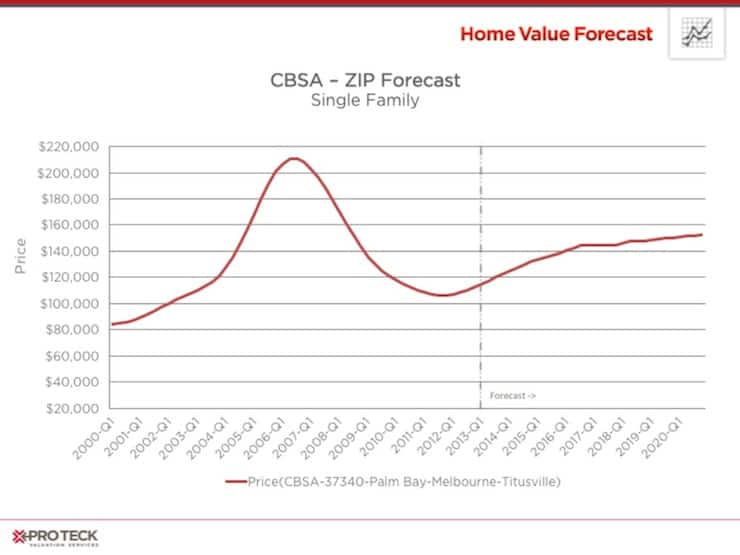
Does your organization have an internal scorecard to rate the Appraisal Management Companies (AMCs) it does business with?
If not, do your AMCs at least provide you with monthly metrics to better gauge their performance?
Want to know the right questions to ask when evaluating an AMC? Download our guide.
Most AMCs use scorecards to help them continually improve their delivery. Likewise, many lenders use scorecards to evaluate the performance of their AMCs and make improvements as they see fit. But while it’s clear that an AMC scorecard is one of the most effective ways to evaluate an Appraisal Management Company, there are still many institutions, including AMCs, that have yet to determine the key metrics that will measure success. If you and your AMC are not setting clear expectations and performance goals, performance will likely suffer.
What is an Appraisal Management Company Scorecard?
AMC scorecards should contain the most important performance criteria for your organization related to a valuations. As mentioned earlier, these scorecards are an effective way for a lender to evaluate their AMCs and for an AMC to evaluate itself and make improvements.
Think of it as a monthly “grade,” where trends in performance are tracked. Information contained within these scorecards can include such data as: product quality, turnaround time, percent of orders needing revisions, quality and turn time on those revisions, status updates for key milestones such as time to inspection, inspection to submit and time to review. Incorporating your most important performance criteria into a Service Level Agreement and developing a scorecard to track performance is an effective way to ensure you and your AMC are aligned on what is important to your organization. It also provides an objective view of performance that leads to continuous improvement, a better borrower experience and a true competitive advantage for your organization.
How Can Your Organization Create its Own Appraisal Management Company Scorecard
If your organization doesn’t have an AMC scorecard or you are not receiving one from your AMC, here are some things you should be tracking to help give you a better idea of how your AMC is performing.
- Appraisal Quality – Understanding the frequency of revisions is integral to determining the quality of appraisals coming through the door. Too many revisions mean an AMC may not have the Quality Control (QC) processes you’re lending institution requires. Likewise, an AMC that tracks and notices an unusual uptick in revisions will have the information needed to proactively adjust their QC processes to reflect market and/or underwriting changes.
- Average Turnaround Time –Turnaround time varies by region, state and county. Having an understanding of turnaround time norms within your service area will help set expectations and lead to fewer surprises at closing. Understanding and tracking an AMCs capability in relation to these norms will assist you in allocating assignments effectively. Meanwhile, if an AMC notices turnaround times are trending in a negative direction in a particular region, they can then dedicate more resources to that area to recruit additional appraisers, further support the appraisers they are using or implement other actions to reduce the turnaround time.
- Order Volume — Keeping track of trends in terms of order volume is important for both the AMC and the client. For an AMC, knowing the trending nature of order volume helps determine the amount of resources a client requires or will require in the future. While not immediately obvious, a subtle uptick in orders can mean your organization is beginning to experience growth and therefore must adjust to meet the incoming demand. This might lead to staffing, recruiting or other decisions to further support the business.
If you’re fortunate enough to work with an AMC that already has a performance scorecard, it’s equally as important to understand how they approach this process.
How an AMC Handles its Internal Scorecard Process
A top quality AMC will have a scorecard it uses for all clients with much of the same information featured above. The best AMCs are versatile enough to create client-specific scorecards that focus on the particular needs and wants of their individual clients.
Scorecards are traditionally created and managed by dedicated client managers who are familiar with the account. In addition to servicing the client’s requests, these client managers are responsible for tracking the performance of their AMC to ensure all of the client’s needs are being met. The information obtained is then recorded on to the scorecard and is continually monitored and updated.
An AMC will traditionally send their scorecards to their clients on a monthly basis. In addition to the standard scorecard, an AMC’s client manager will also include with it an executive summary noting any trends that bear watching.
It’s a good idea to carve out some time to discuss the information contained with the monthly scorecard. Follow up calls allow for even more discussion.
Stewart Valuation Intelligence supplies its clients with monthly scorecards in an effort to continually improve performance and enhance the relationship between lender and appraisal provider. As your proactive partner, SVI monitors its performance to ensure it delivers the best valuation product possible.
Don’t have a scorecard? We partner with our lender clients to build custom scorecards to ensure we are aligned with your key objectives and use a monthly review to continually adjust and improve. A great borrower experience and competitive market advantage is possible. Contact us today to learn more about our scorecard process.

